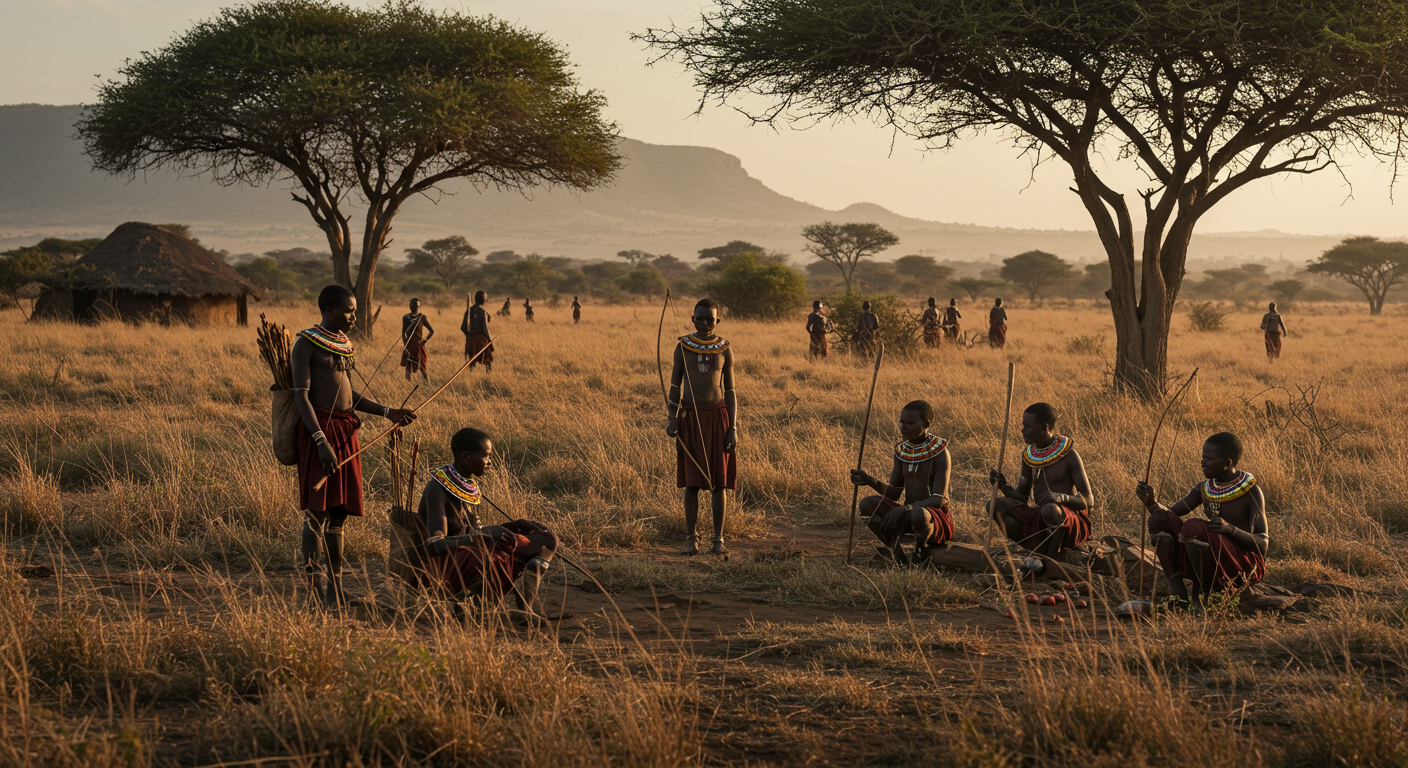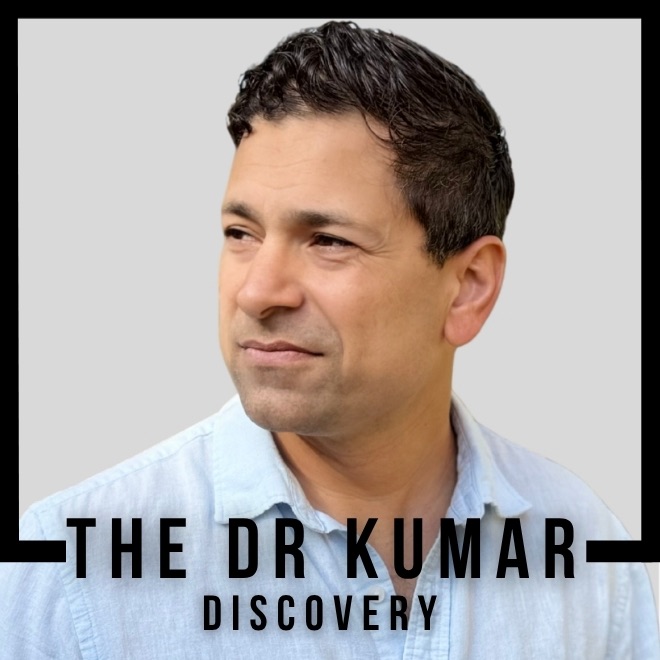Dr. Kumar’s Take:
This study gives us a rare window into what human vitamin D levels might have looked like before the modern world moved us indoors. Despite living in the equatorial sun, the Maasai and Hadzabe don’t sunbathe — they seek shade. Yet their average vitamin D levels hover around 115 nmol/L (46 ng/mL), far above what’s considered “adequate” in modern guidelines. It suggests our current norms might be minimums, not optimal.
Key Takeaways:
✔ Traditional Maasai and Hadzabe people have a mean vitamin D level of 115 nmol/L (46 ng/mL) despite avoiding peak sun.
✔ No participants had deficiency (<50 nmol/L or 20 ng/mL); 33% had levels over 120 nmol/L (48 ng/mL).
✔ These levels may reflect evolutionary norms, and are further optimized by adequate intake of vitamin K2 and magnesium.
Actionable tip:
If you’re aiming for ancestral-level vitamin D, sround 115 nmol/L (46 ng/mL) is likely ideal. But also make sure you’re getting enough vitamin K2 and magnesium to protect against calcium-related risks like kidney stones or vascular calcification.
Brief Summary:
In this 2012 study, researchers measured vitamin D levels in two traditionally living East African populations: the Maasai and the Hadzabe. Although these tribes avoid direct sunlight during the hottest parts of the day, their outdoor lifestyles result in high year-round exposure to UVB rays. The average serum 25-hydroxyvitamin D level across both groups was 115 nmol/L (46 ng/mL), significantly higher than typical levels in industrialized countries. These findings suggest that modern recommendations for vitamin D may underestimate ancestral norms, though more research is needed on how these levels interact with modern diets and lifestyles.
Study Design:
This observational study measured vitamin D levels in 35 Maasai pastoralists and 25 Hadzabe hunter–gatherers, all living in Tanzania near the equator. Blood samples were analyzed using liquid chromatography–mass spectrometry for precision. Researchers also documented age, sex, height, weight, and clothing habits. The tribes’ daily routines involved spending most of their day outdoors but avoiding direct sun exposure during midday.
Results:
- Mean vitamin D level was 119 nmol/L (47.6 ng/mL) in Maasai and 109 nmol/L (43.6 ng/mL) in Hadzabe, with no deficiencies reported.
- 60% of Maasai and 40% of Hadzabe had undetectable levels of D2, suggesting sunlight, not diet, as the primary source.
- No correlation was found between vitamin D levels and age, BMI, or sex.
- Over 70% of participants had levels above 100 nmol/L (40 ng/mL), yet remained healthy with no signs of vitamin D toxicity.
Why This Matters for Modern Health
Our bodies evolved to produce vitamin D through sunlight. These traditional populations show that natural outdoor living leads to significantly higher vitamin D levels than typically seen in modern humans.
Related Studies and Research
Global Prevalence of Vitamin D Deficiency: A Meta-Analysis – Contrasts natural 25(OH)D levels against global deficiency trends.
Vitamin D Status in Traditionally Living Maasai and Hadzabe Communities – Documents exceptionally high serum D in East African hunter-gatherers.
Historical Aspects of Vitamin D Research and Public Health Impact – Explores how early observations shaped modern guidelines.
Vitamin D Deficiency: Clinical Review by Michael F. Holick, MD, PhD – Contextualizes deficiency risks and diagnostic criteria.
Comprehensive Review of Vitamin D’s Immunomodulatory Effects in Immune-Related Disorders – Highlights D’s role in infection and immune regulation.
Frequently Asked Questions
What vitamin D level did the Maasai and Hadzabe have?
Their average was 115 nmol/L (46 ng/mL) — significantly higher than most Western populations, who average between 50–75 nmol/L (20–30 ng/mL).
Do these tribes get their vitamin D from food?
No. Their diets are not high in vitamin D-rich foods. Their levels come almost entirely from sun exposure.
Is 115 nmol/L (46 ng/mL) safe for me?
Yes! But be sure to get enough vitamin K2 and magnesium to keep calcium in your bones and teeth and out of your soft tissues.
Should I try to match these vitamin D levels?
Yes. Evolutionarily, 115 nmol/L (46 ng/mL) 25-OH Vitamin D is likely the optimal level.
Why don’t they get vitamin D toxicity?
They make it naturally through the skin, keeping themselves in the optimal range.
Conclusion
This study suggests our evolutionary “normal” vitamin D level might be around 115 nmol/L (46 ng/mL). This gives us a evolutionary target for optimal levels. Discuss this study with your doctors, and be sure to get adequate Vitamin K2 (at least 180 mcg of MK-7) and adequate Magnesium to ensure optimal calcium homeostasis.


